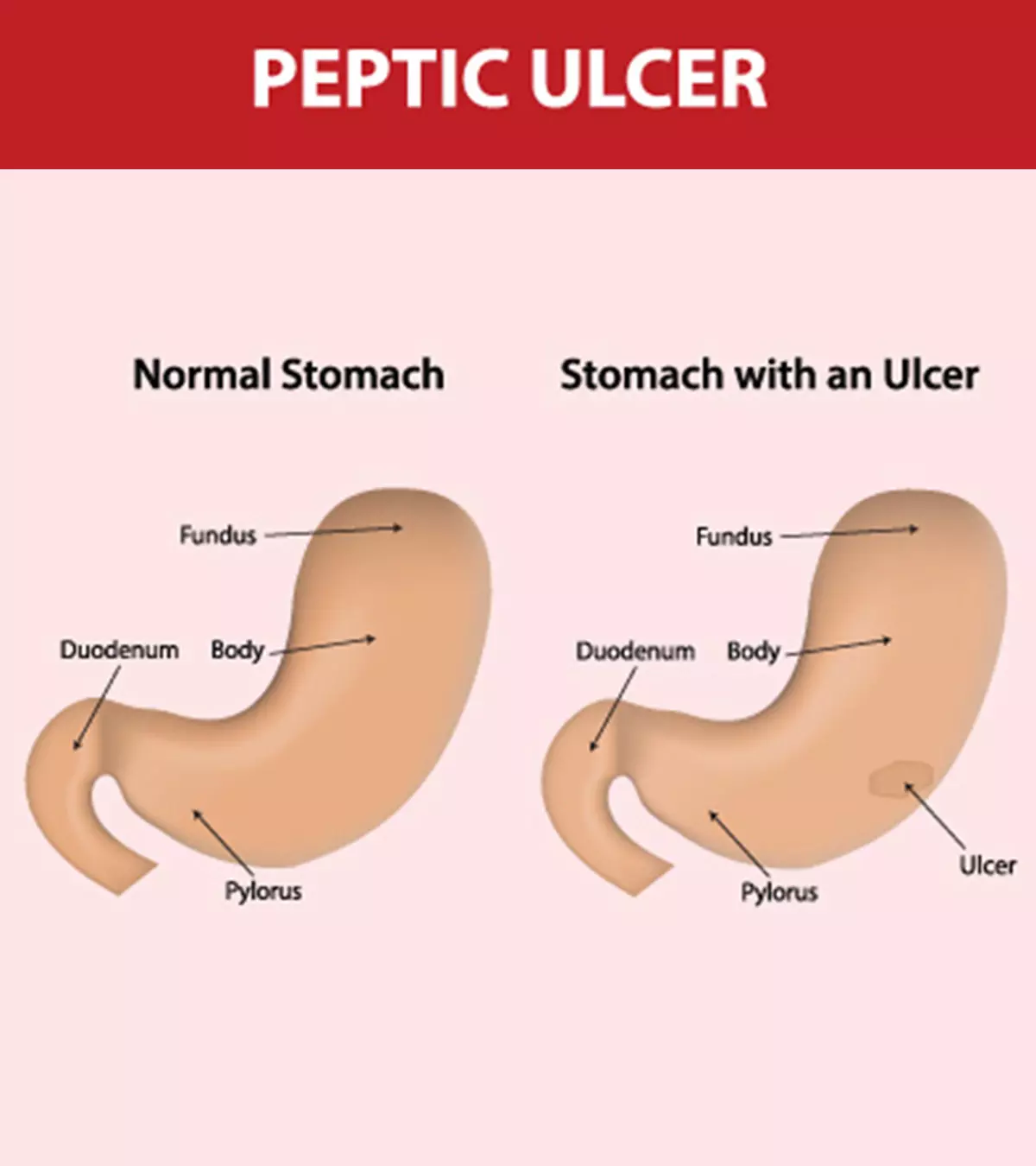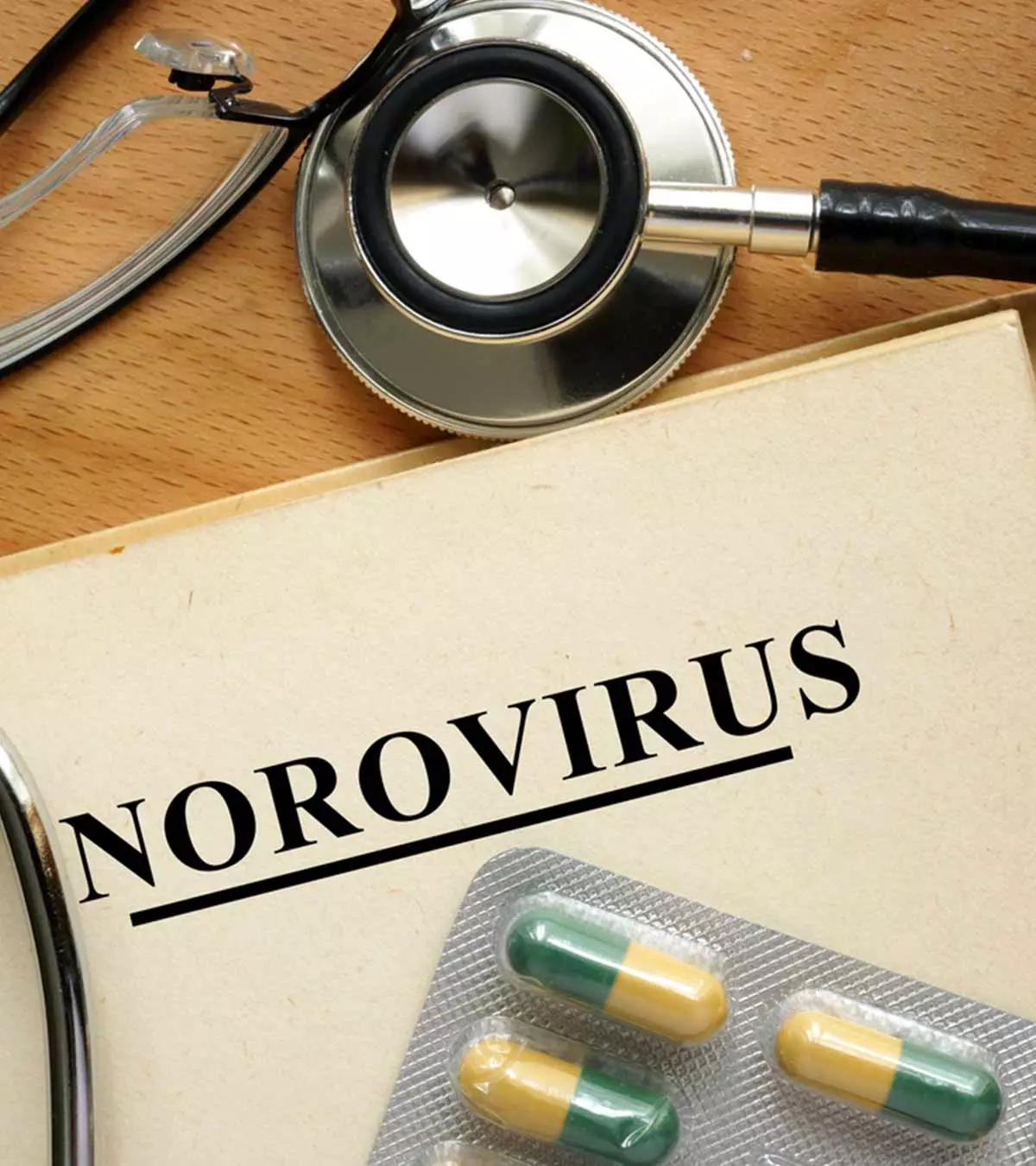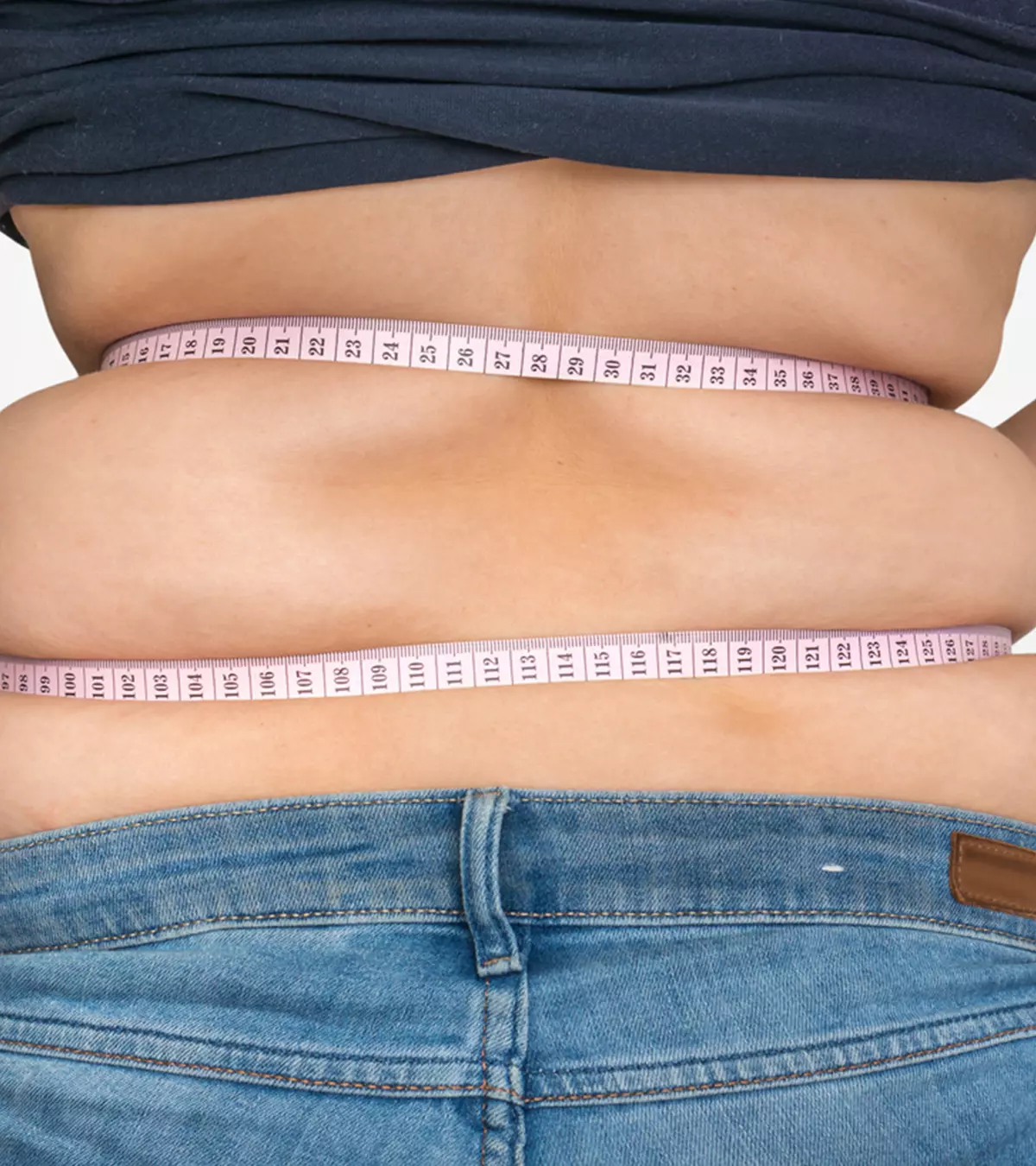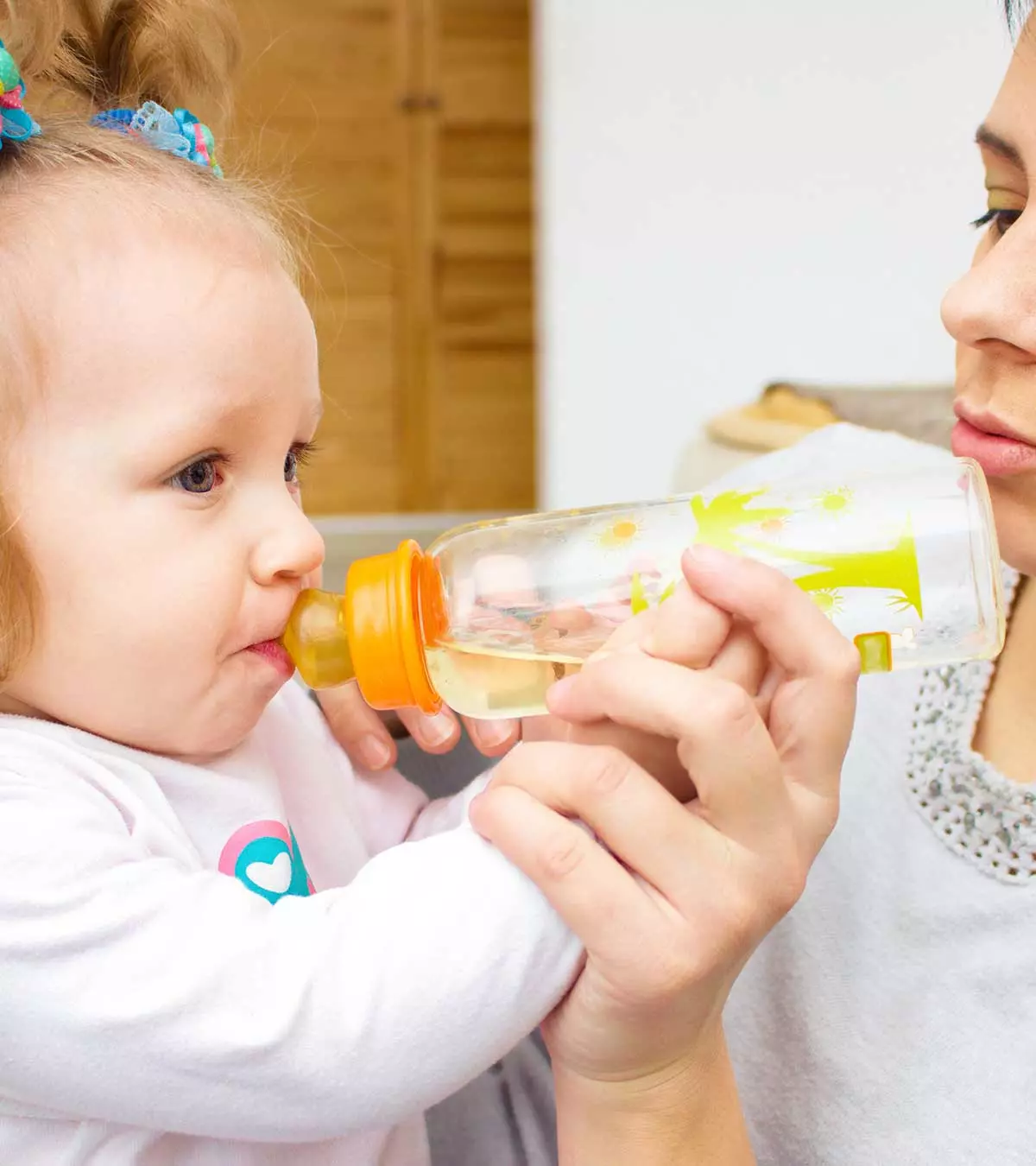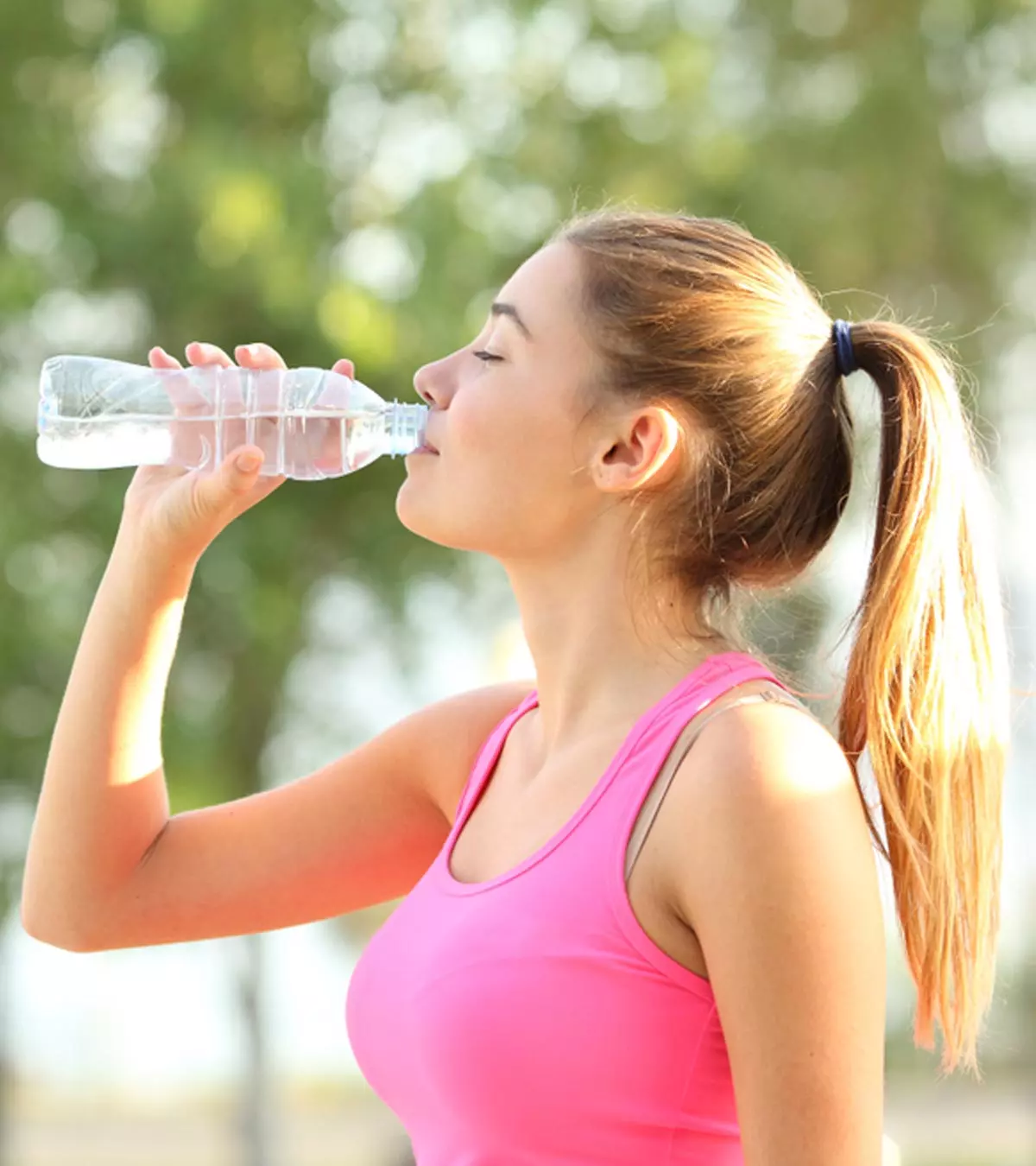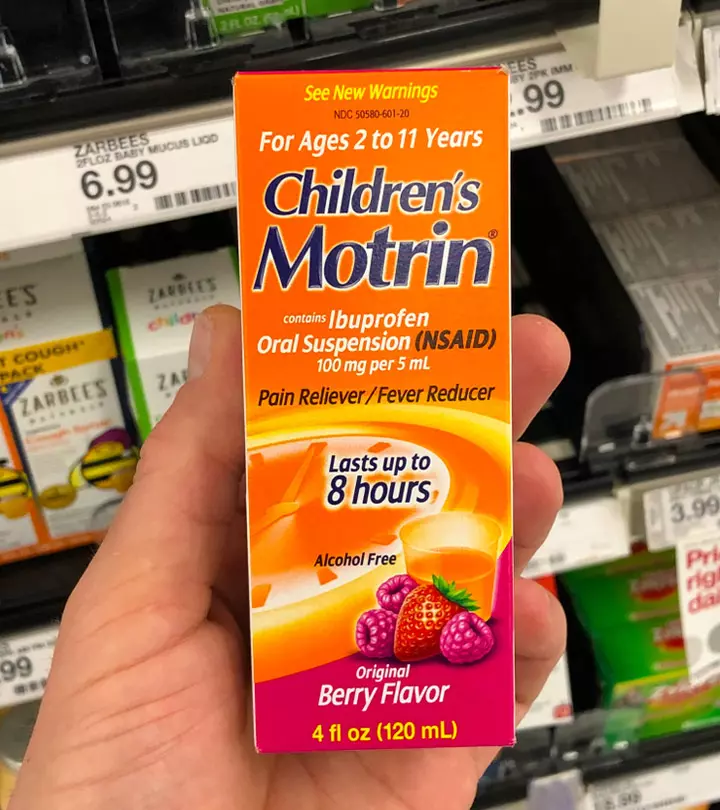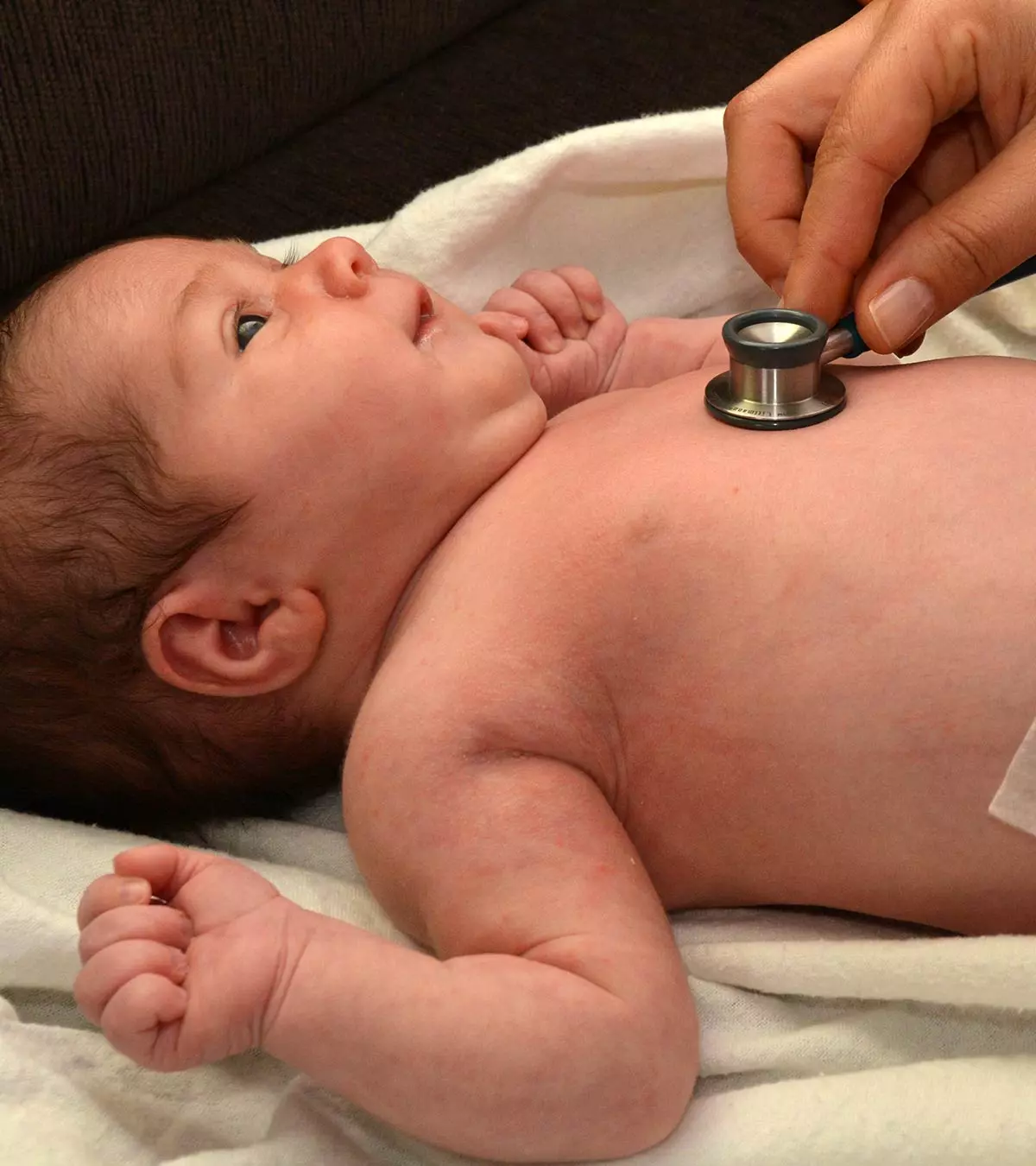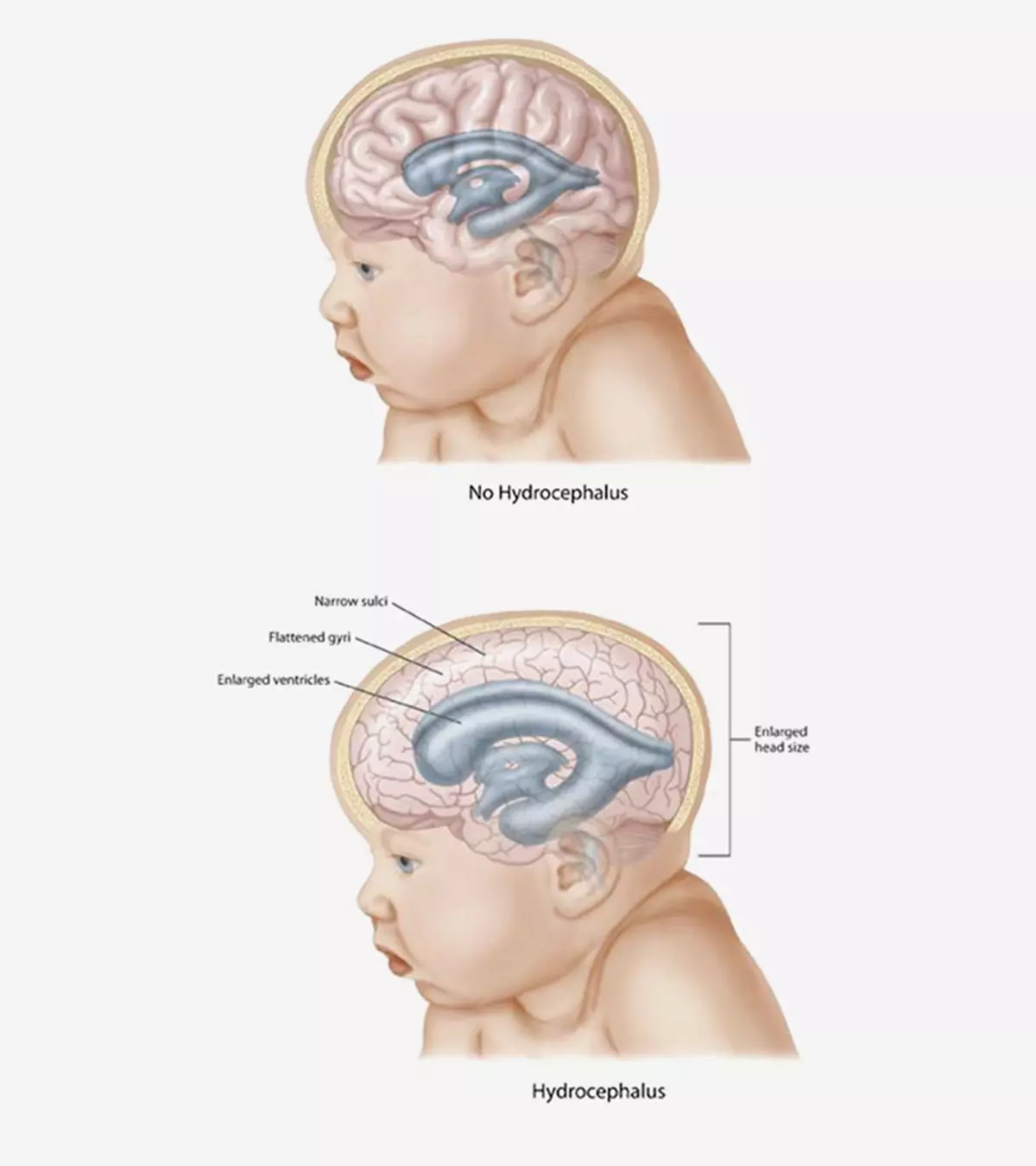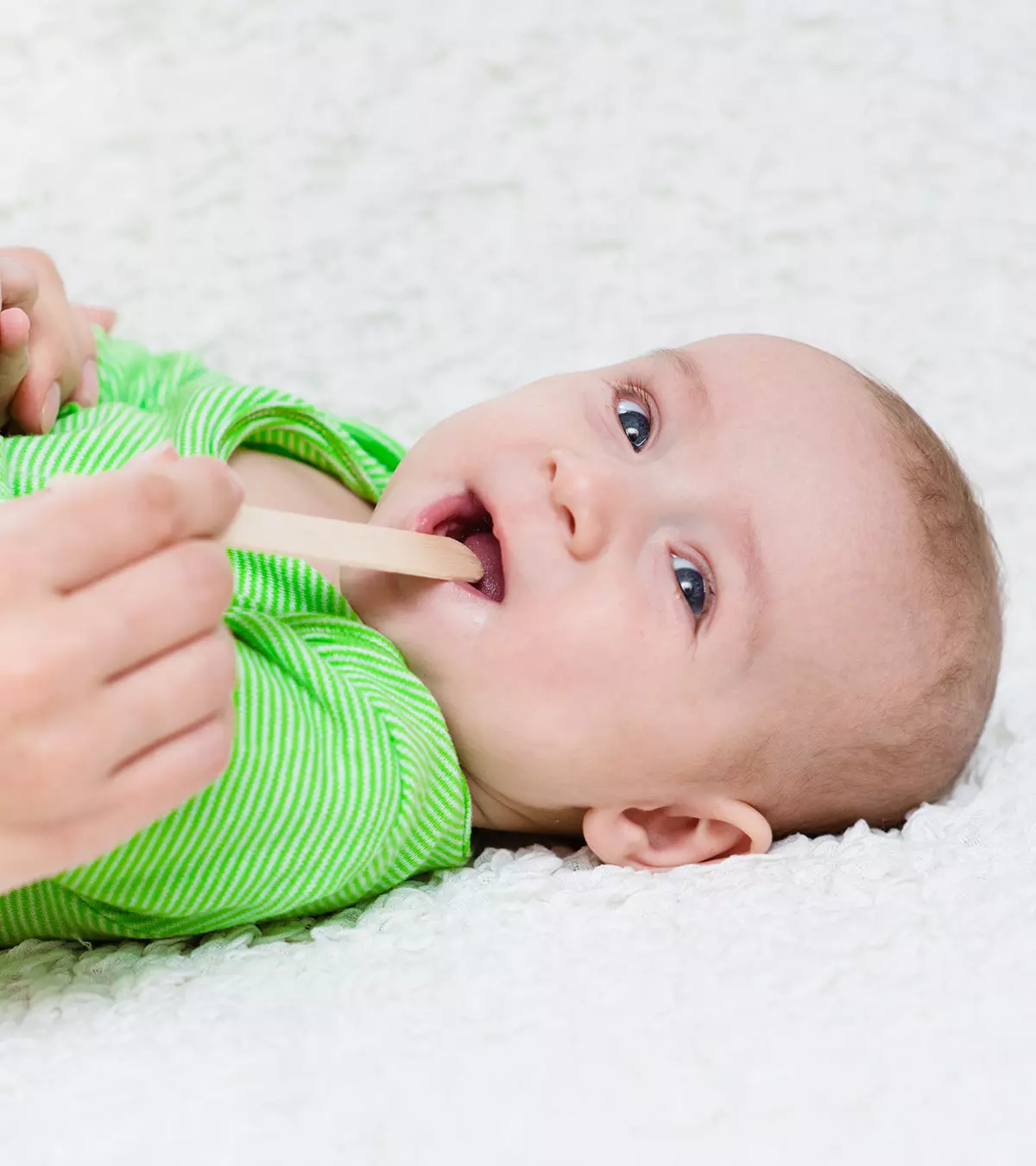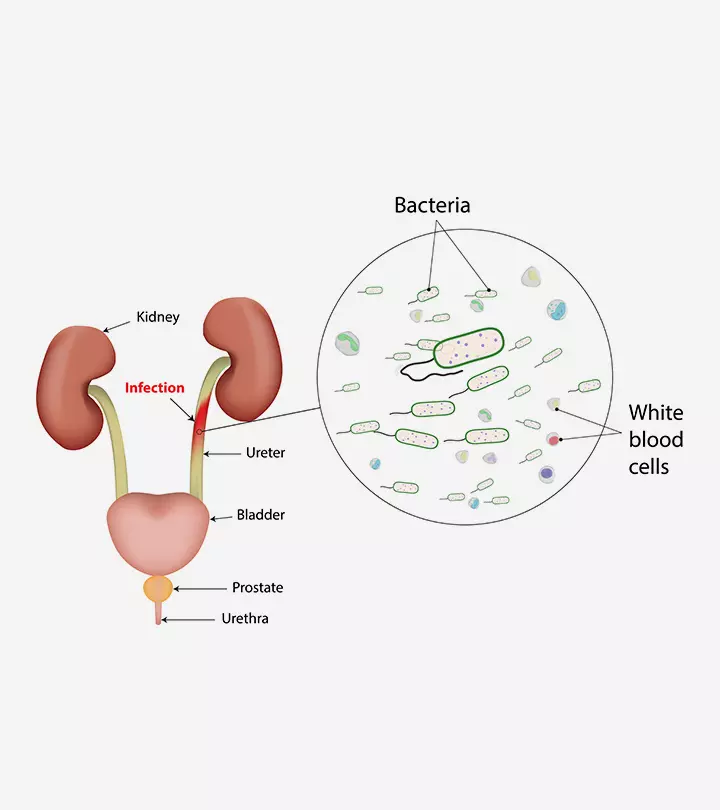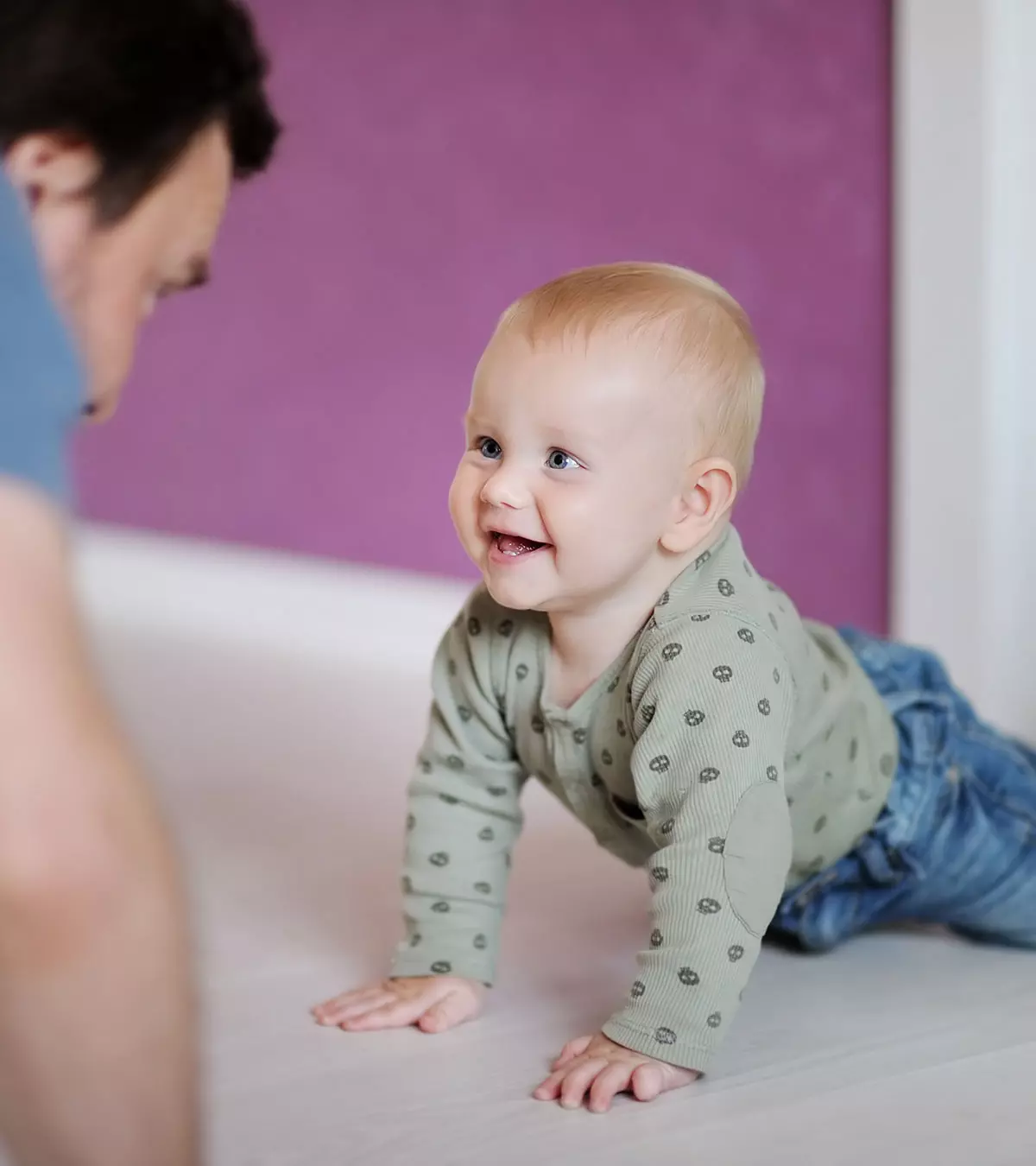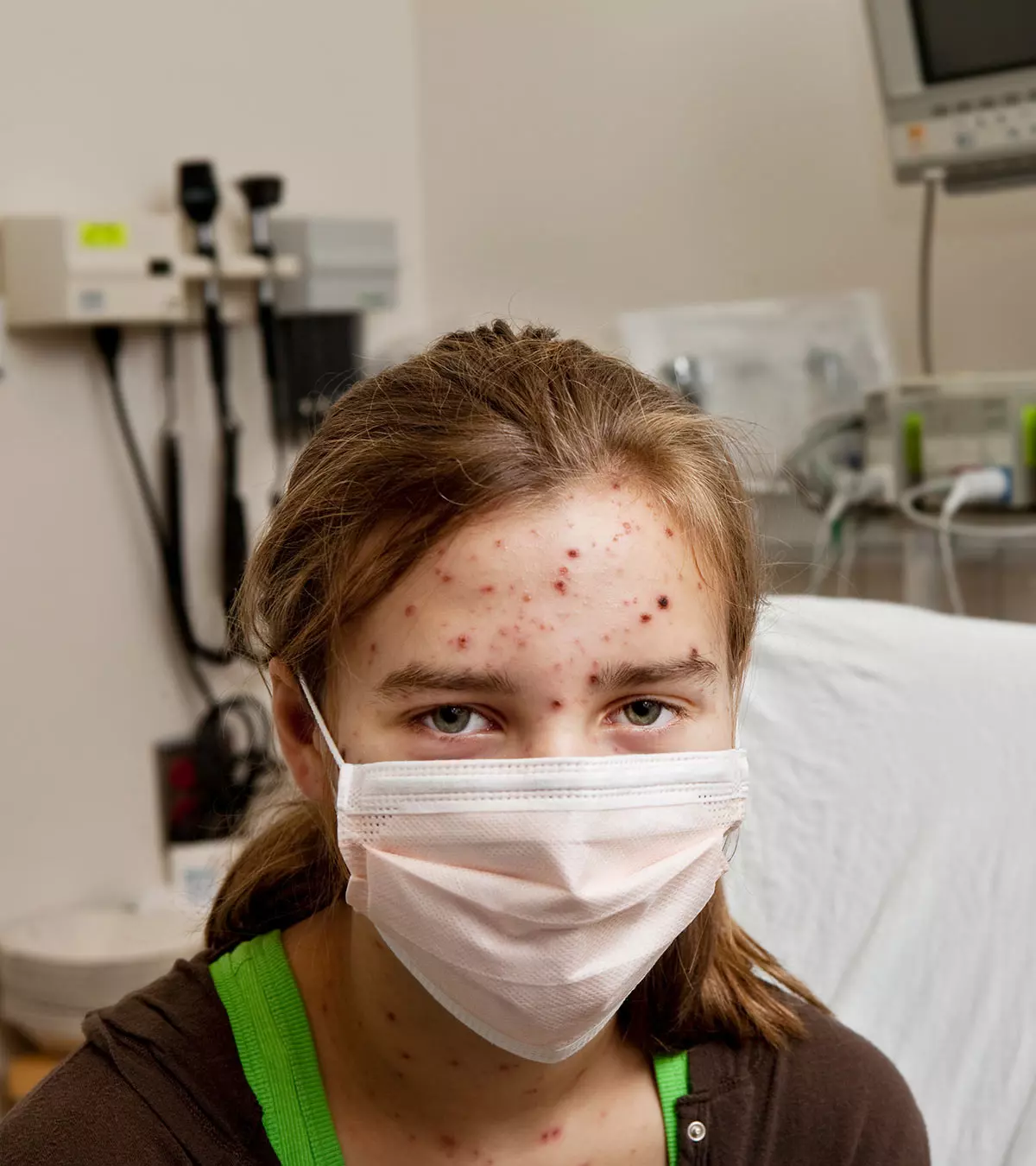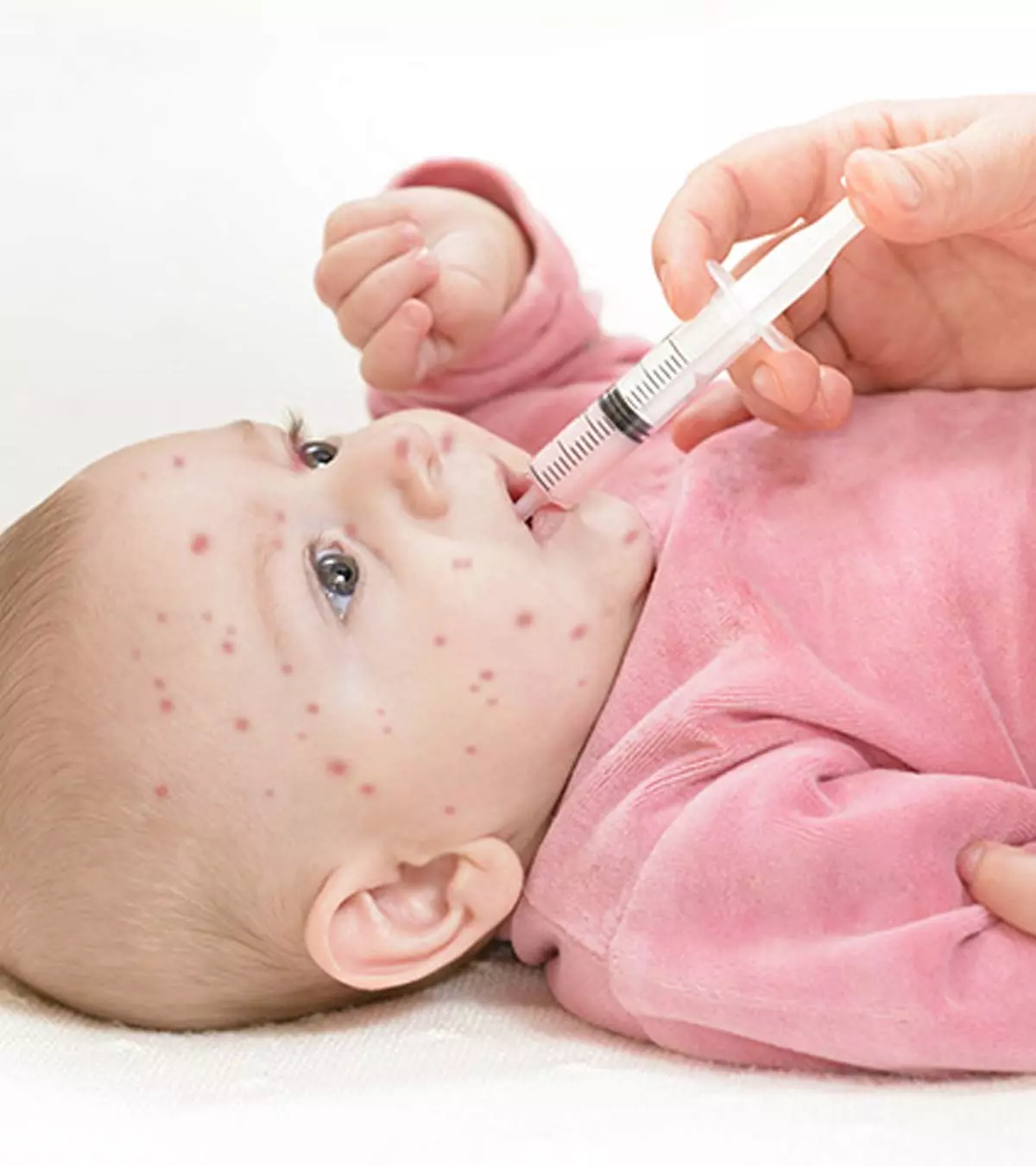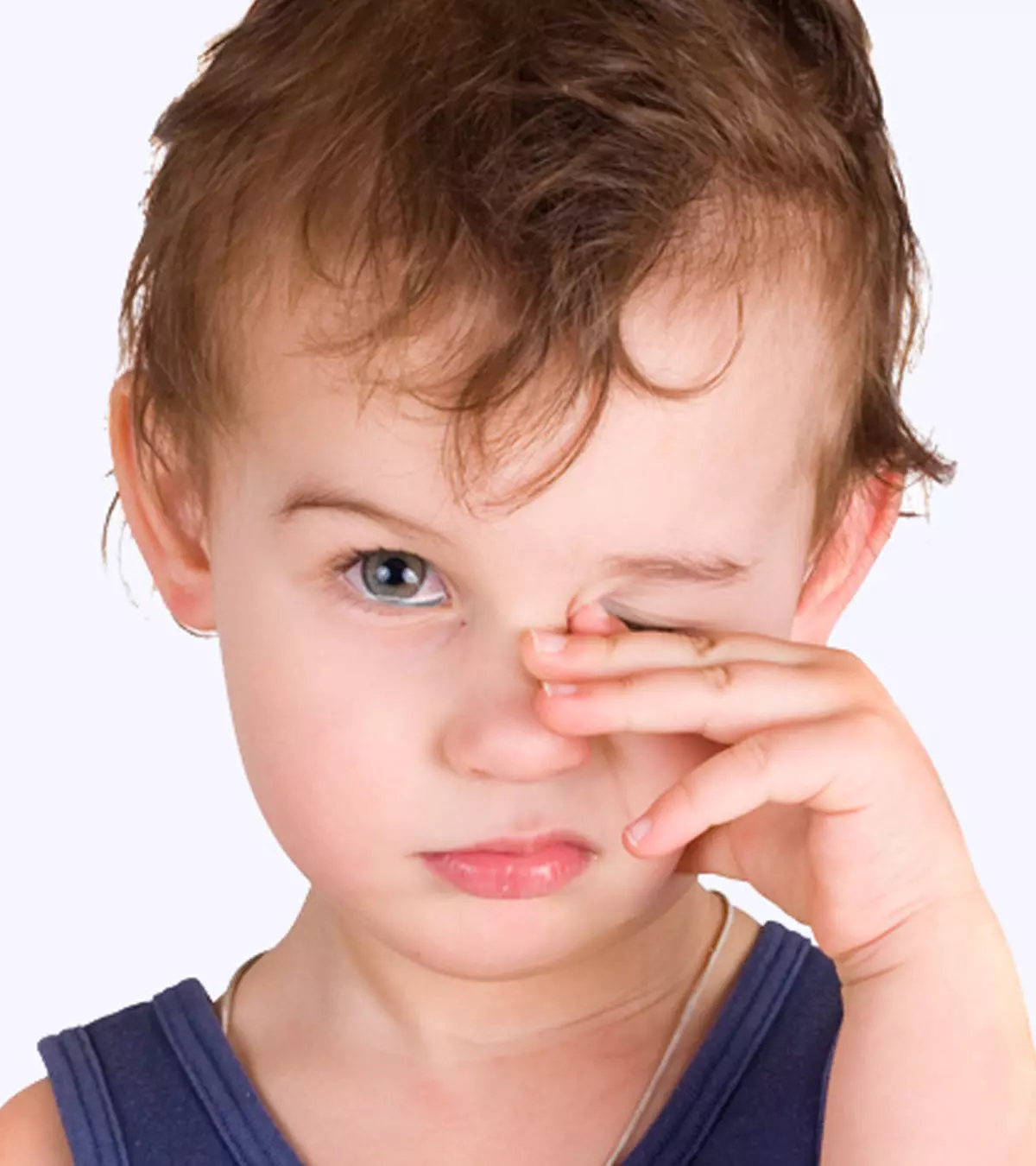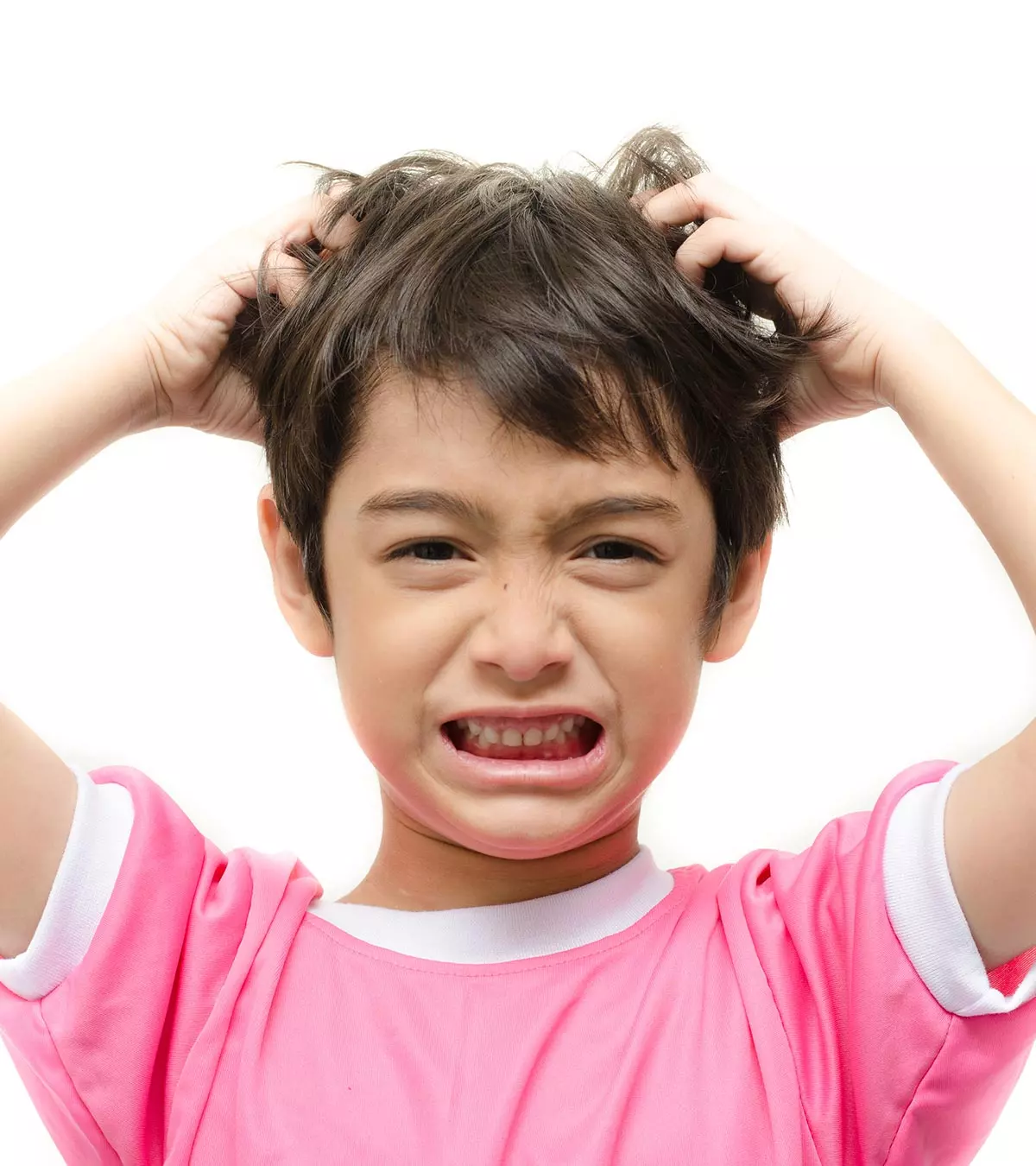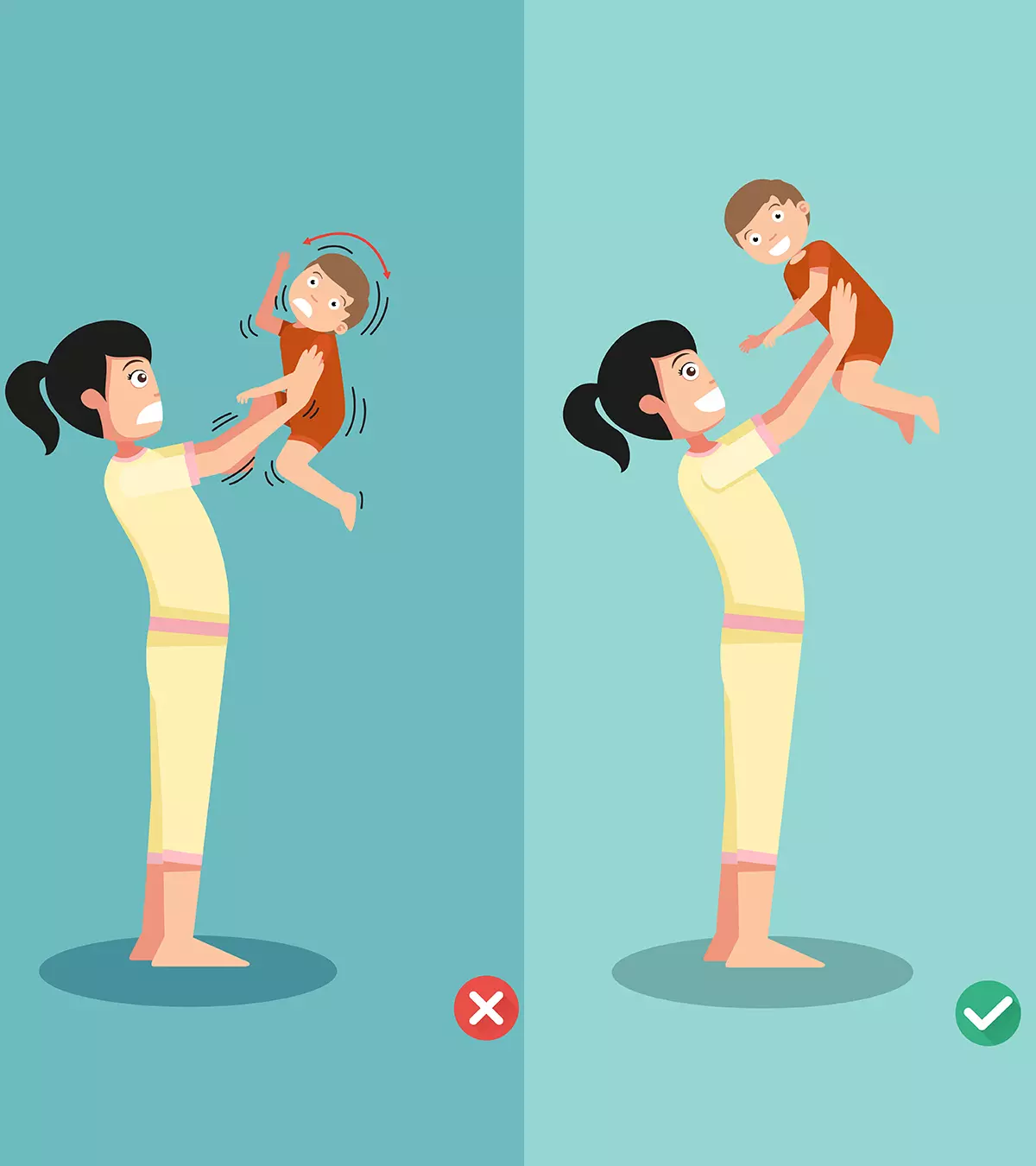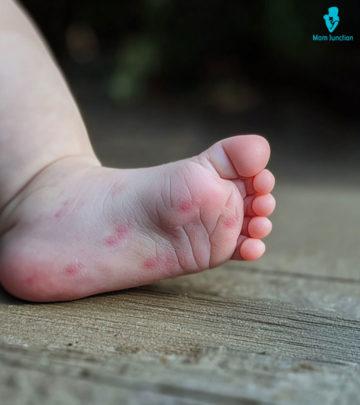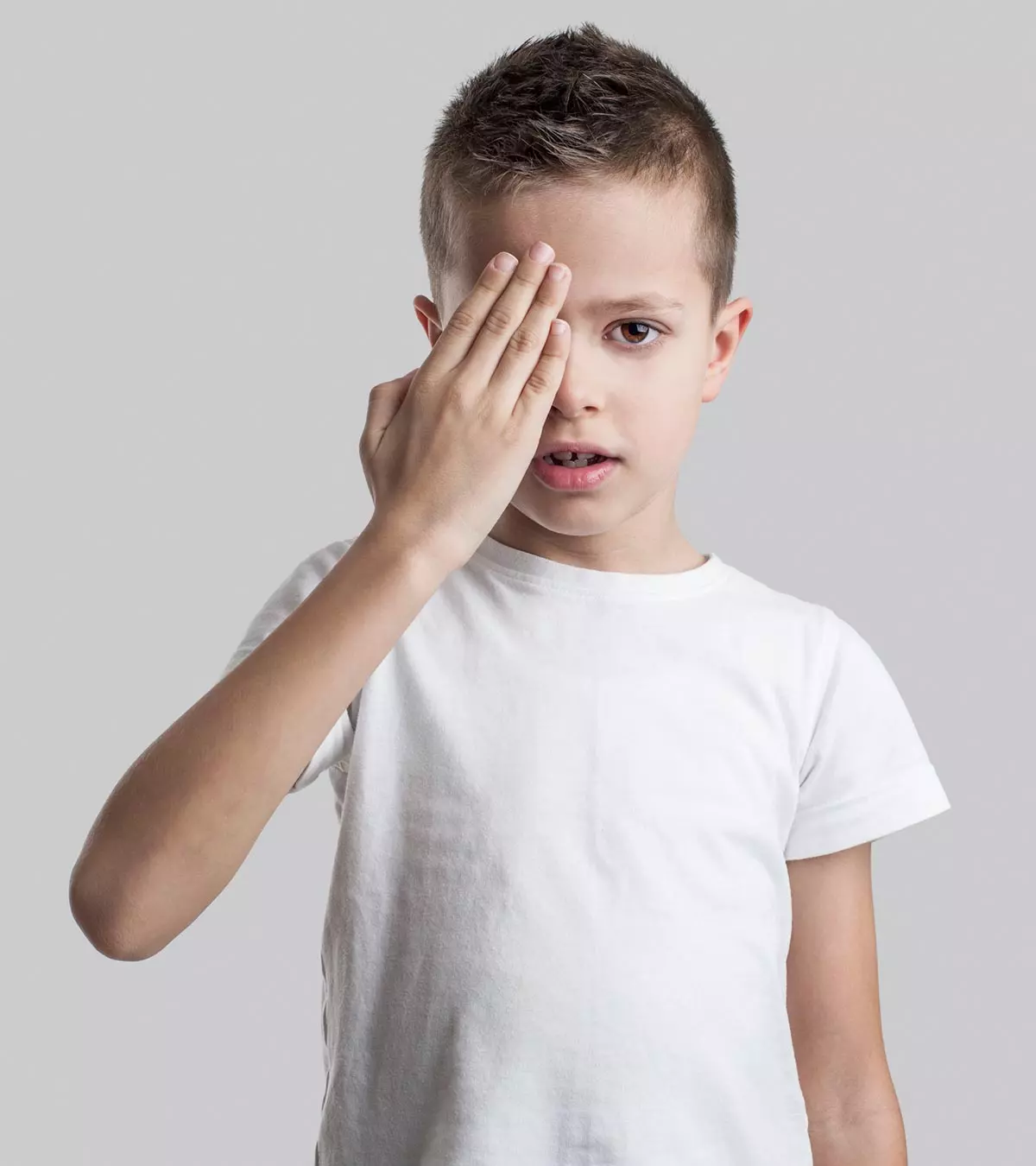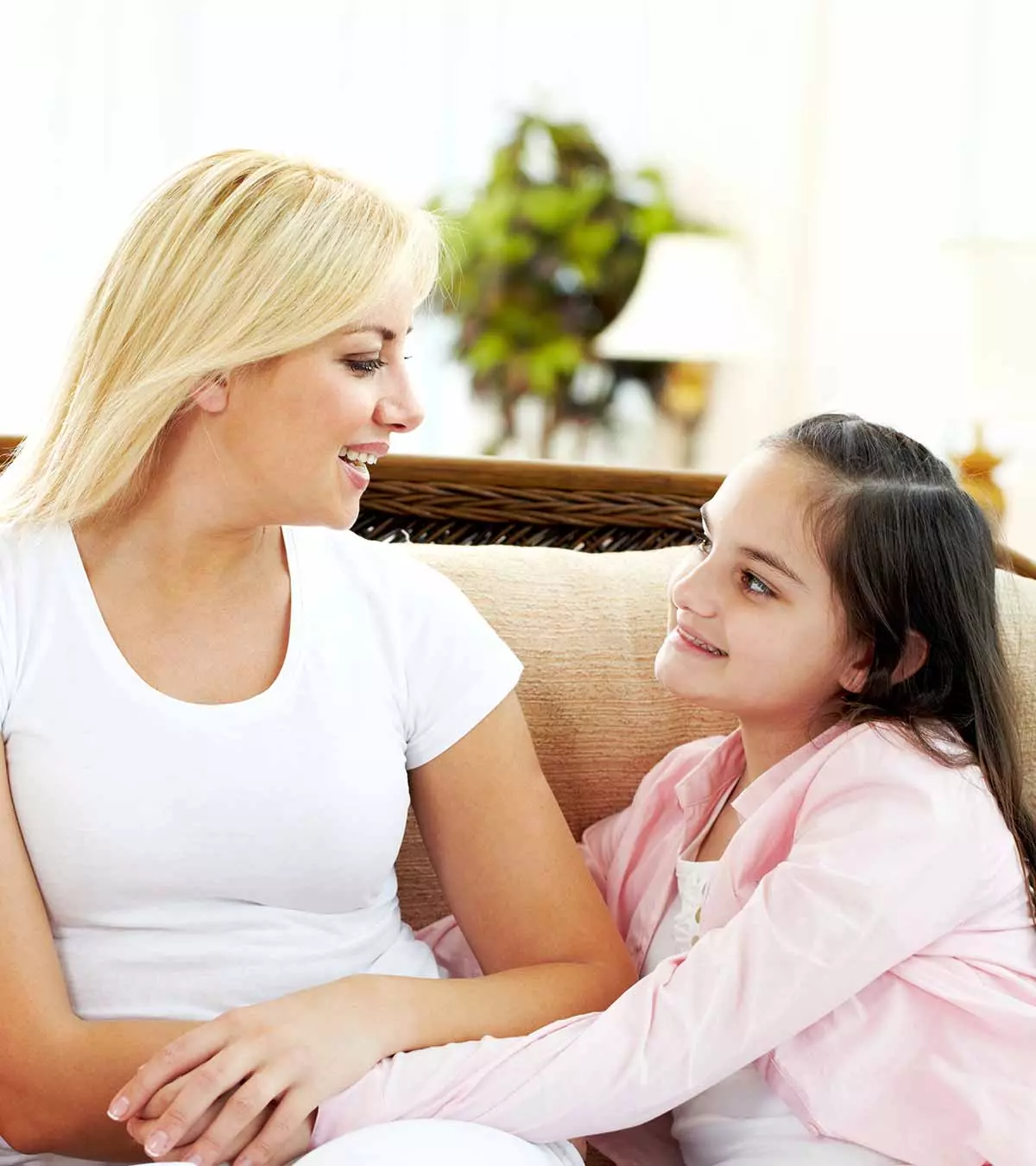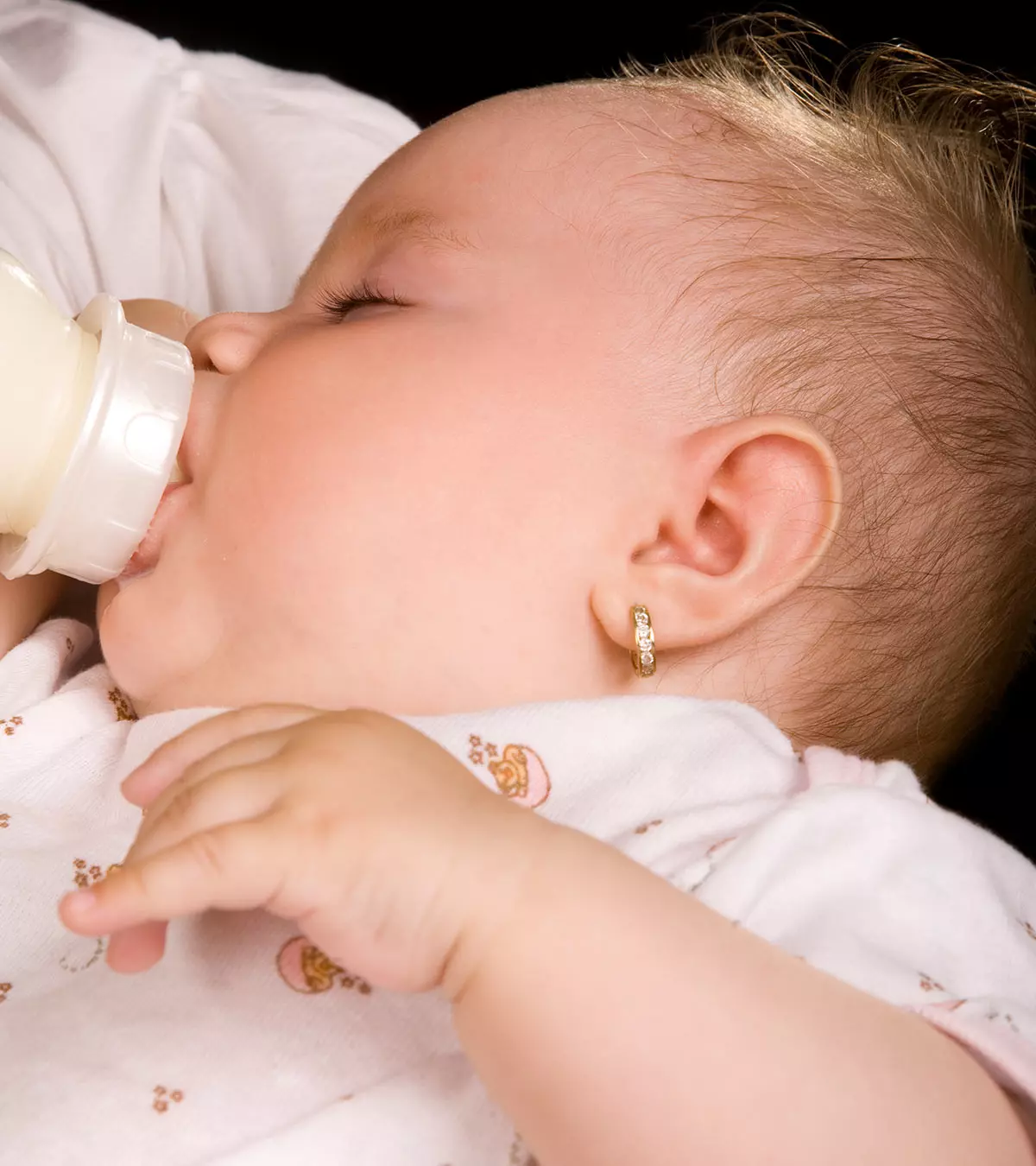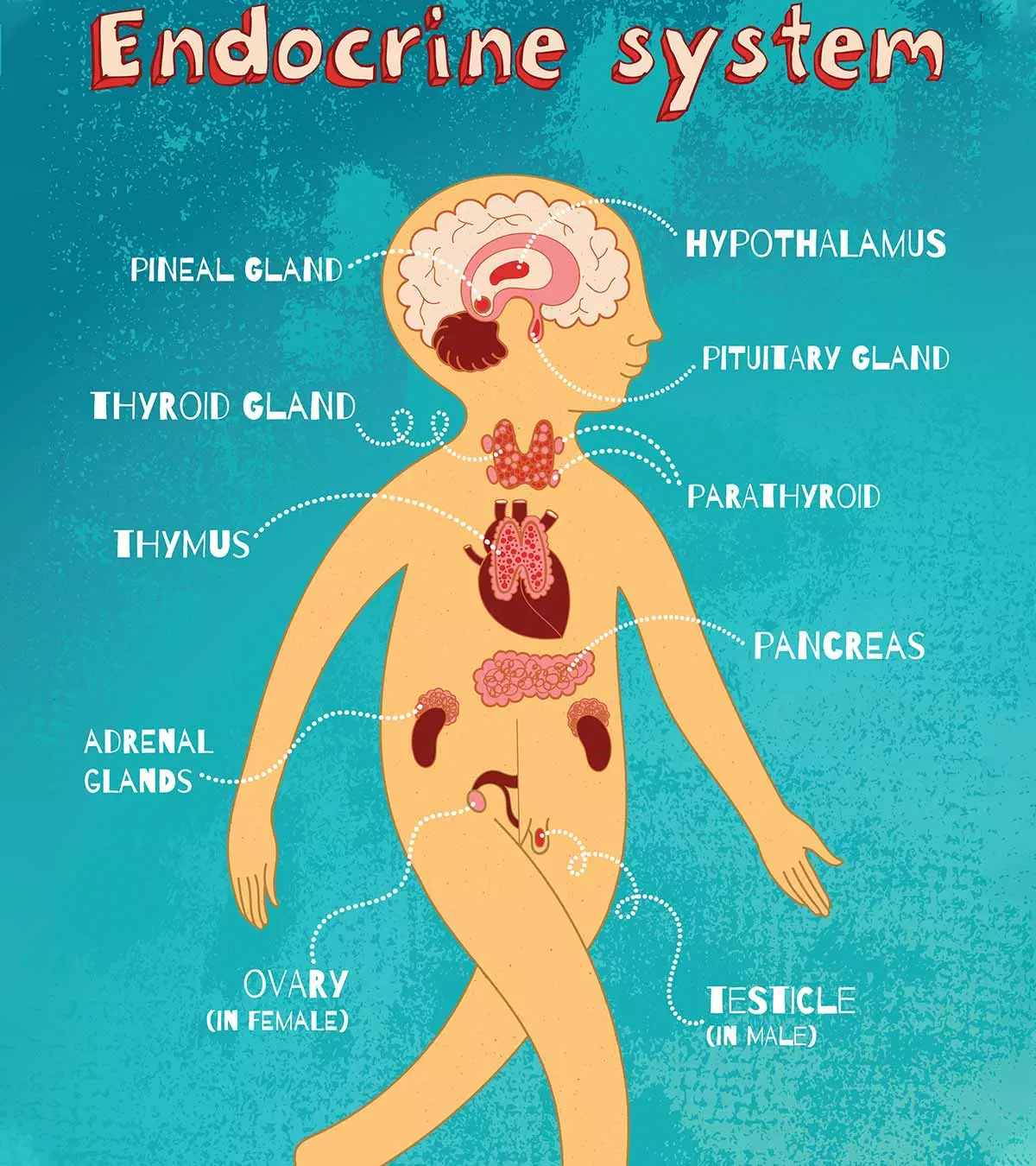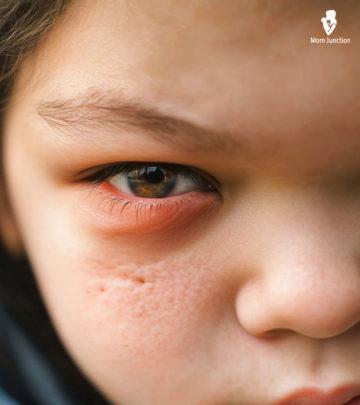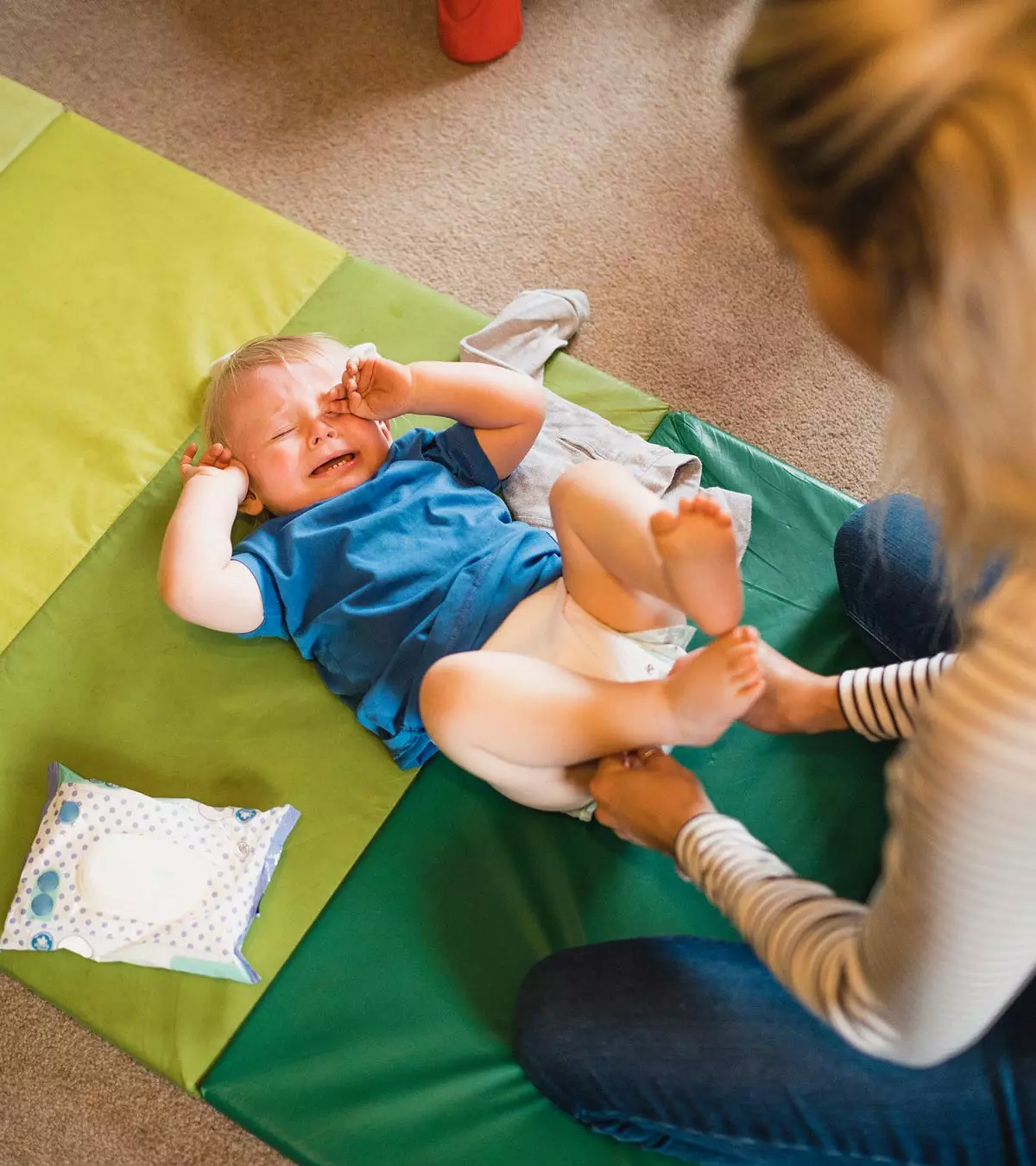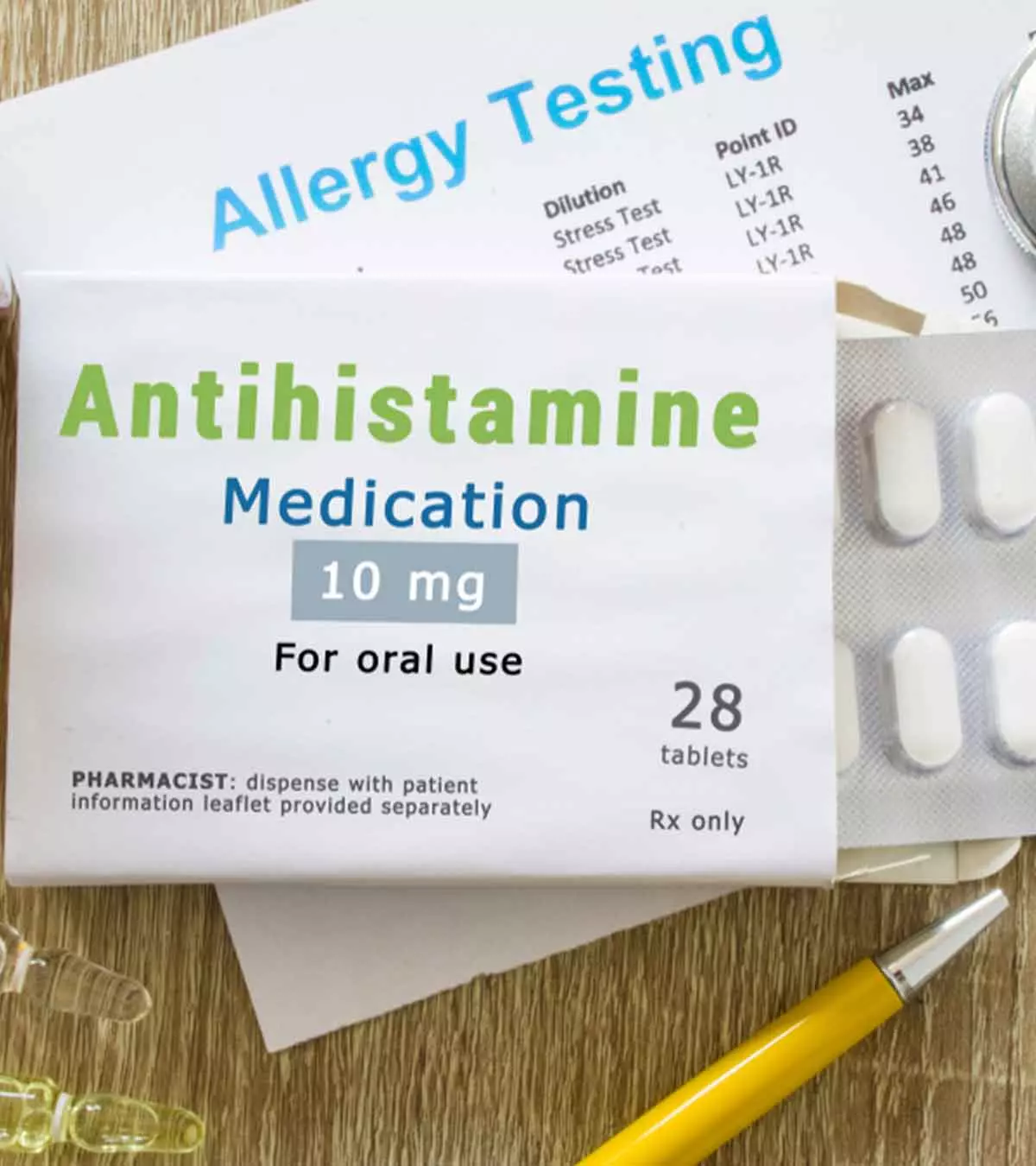MBChB, MMed, FC Paeds

Dr. Wayne Hough is a pediatrician with around six years of experience in the field. He is currently based in the Northern Suburbs of Cape Town in South Africa. Dr. Hough got his medical degree from the University of Stellenbosch. He then worked at the Tygerberg Children's Hospital before completing his pediatric training and qualification from the South African College of Medicine.
Dr. Hough also holds a MMed degree in pediatrics from the University of Stellenbosch. He is a registered member of the South African Medical Association and The Paediatric Management Group of South Africa. He does general pediatric and neonatal work in the private medical sector and has a keen interest in lifestyle, sports and exercise medicine in childhood.
MomJunction believes in providing the most accurate content to its readers. Hence we get our articles reviewed by highly skilled experts in the relevant fields. The articles are reviewed to ensure their authenticity, factual correctness, and relevance. The board members also add inputs drawn from their years of experience. Learn more about our medical review board.
